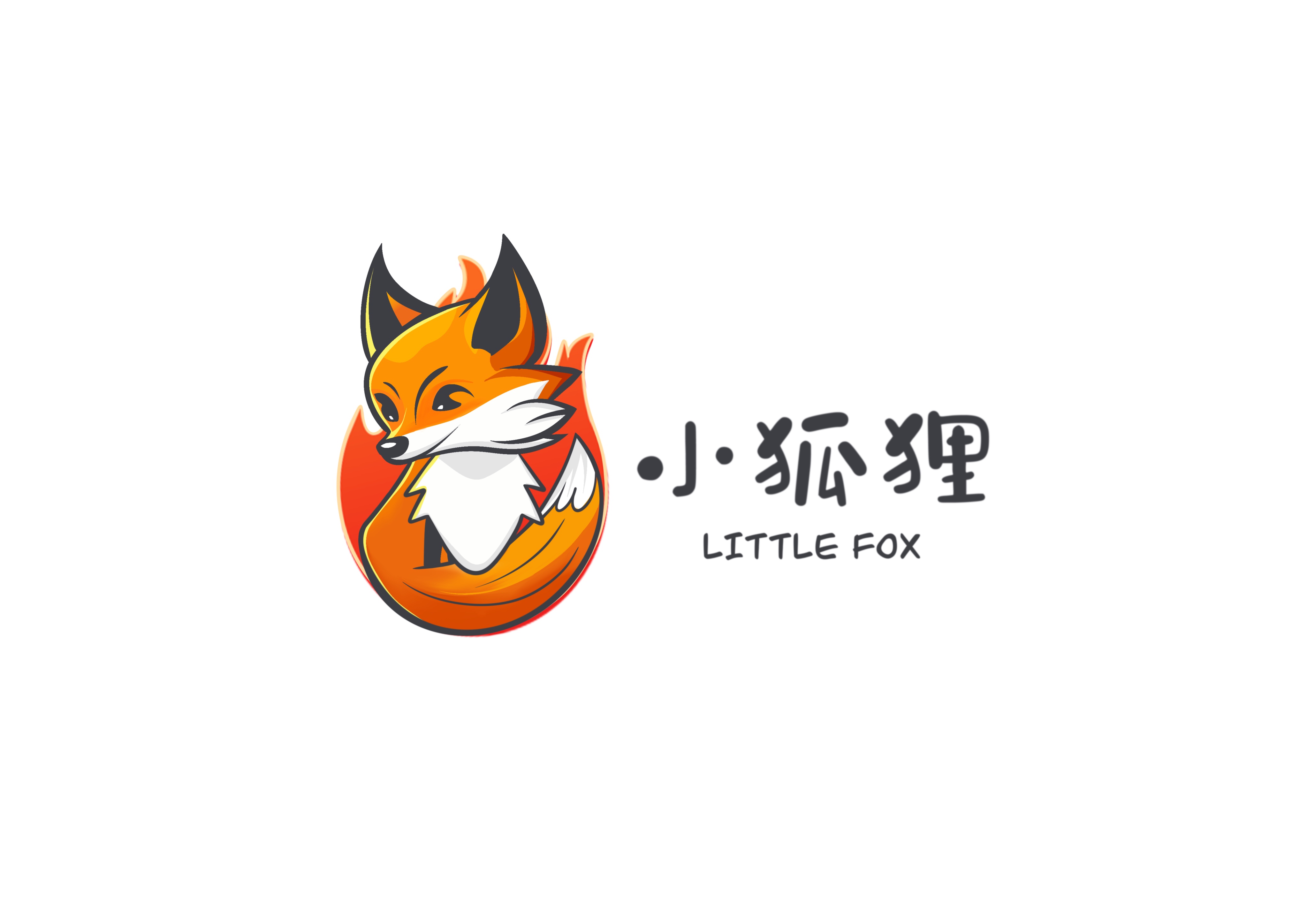The Developmental Impact of Montessori Toys: Bridging Play and Pedagogy
Oct 28, 2023Abstract: This article delves into the pedagogical principles of Montessori education, emphasizing the pivotal role of Montessori toys in holistic child development. By examining Montessori's foundational writings and recent empirical studies, we underscore the multifaceted developmental benefits associated with Montessori toys.

Experience the Developmental Impact: Montessori Toys that Bridge Play and Pedagogy
1. Introduction: The Montessori method, stemming from the insights of Dr. Maria Montessori (Montessori, 1966), advocates for self-directed, experiential learning. Central to this philosophy are Montessori toys, which are meticulously designed to foster varied aspects of child development. Introduced to Australia in the early 20th century, the Montessori approach has since flourished, with numerous Montessori schools and centers established across the nation.
The Australian Montessori community has been instrumental in promoting the benefits of this educational philosophy, adapting it to the unique socio-cultural context of the country. For instance, Montessori practices in Australia often integrate local Indigenous knowledge and cultural appreciation, reinforcing the method's global appeal and adaptability.

2. Theoretical Framework: Dr. Maria Montessori's pedagogical principles, articulated in her seminal works (Montessori, 1966; 1949), advocate for environments that cater to children's intrinsic curiosities. Montessori toys, often crafted from natural and sustainable materials, echo Australia's rich environmental heritage and commitment to sustainable practices. Designed meticulously, Montessori toys in Australia are not just playthings but essential tools that cater to the diverse developmental needs of children. Their simplicity and functionality resonate with the Australian ethos of groundedness and practicality.

3. Montessori Toys: Characteristics and Classification: Montessori toys, as highlighted by Montessori (1967), are distinct in their simplicity, purposefulness, and alignment with developmental milestones. They are:
- Constructed from natural materials.
- Crafted to focus on a singular skill or concept.
- Self-correcting, empowering children to learn autonomously.
These Montessori toys can be categorized based on developmental realms:
- Sensorial: Toys refining the senses (e.g., sound cylinders, color tablets).
- Motor Skills: Toys that enhance gross and fine motor skills (e.g., stacking towers).
- Cognitive: Materials fostering problem-solving and cognitive reasoning (e.g., math rods).
- Language: Montessori toys promoting linguistic skills (e.g., sandpaper letters)

4. Developmental Benefits of Montessori Toys:
- Sensorial Development: Montessori toys offer a myriad of sensory experiences, as elucidated by Montessori's observations (Montessori, 1967).
- Motor Skills: Activities with Montessori toys, such as bead stringing, enhance dexterity and coordination.
- Cognitive Development: Montessori toys challenge children's cognitive faculties, promoting spatial and logical reasoning.
- Language Acquisition: Montessori toys, especially phonetic ones, lay the groundwork for reading and writing.
5. Comparative Analysis: When juxtaposed with conventional toys, Montessori toys:
- Advocate for open-ended exploration.
- Emphasize real-world, practical tasks.
- Prioritize active over passive engagement. Empirical studies, such as the one by Lillard & Else-Quest (2006), have vouched for the efficacy of Montessori toys in enhancing various facets of child development.

6. Implementation and Challenges: The potency of Montessori toys hinges on their appropriate usage. Best practices, derived from Montessori's writings (Kramer, 1976), encompass:
- Offering an organized, serene play setting.
- Sequentially introducing Montessori toys in alignment with a child's developmental stage.
- Allowing uninterrupted play durations.
However, challenges arise from misconceptions about Montessori toys, necessitating proper education and advocacy to address them.
Furthermore, the emphasis on hands-on, tactile experiences with Montessori toys aligns with the Australian value of outdoor play and exploration, given the country's vast landscapes and natural wonders. Through these toys, children in Australia are encouraged not only to learn academic concepts but also to develop a deeper appreciation for their environment and the world around them.
7. Conclusion: Montessori toys, while the Montessori method has its roots in European pedagogy, its principles have found a harmonious alignment with Australian values and culture. Montessori toys, in particular, serve as a bridge, fostering holistic child development while reflecting the unique spirit of the Australian landscape and ethos.
References:
- Montessori, M. (1966). The secret of childhood. Ballantine Books.
- Montessori, M. (1949). The Absorbent Mind. Henry Holt and Co.
- Lillard, A. S. (2005). Montessori: The science behind the genius. Oxford University Press.
- Lillard, A. S., & Else-Quest, N. (2006). Evaluating Montessori education. Science, 313(5795), 1893-1894.
- Kramer, R. (1976). Maria Montessori: A biography. Diversion Books.
- Feez, S. (2011). Montessori's Mediation of Meaning: A Social Semiotic Perspective. Educational Philosophy and Theory, 43(6), 648-666.
- Montessori, M. (1967). The discovery of the child. Ballantine Books.
More from: block building montessori Montessori classroom Montessori education montessori method montessori toys Back to News





